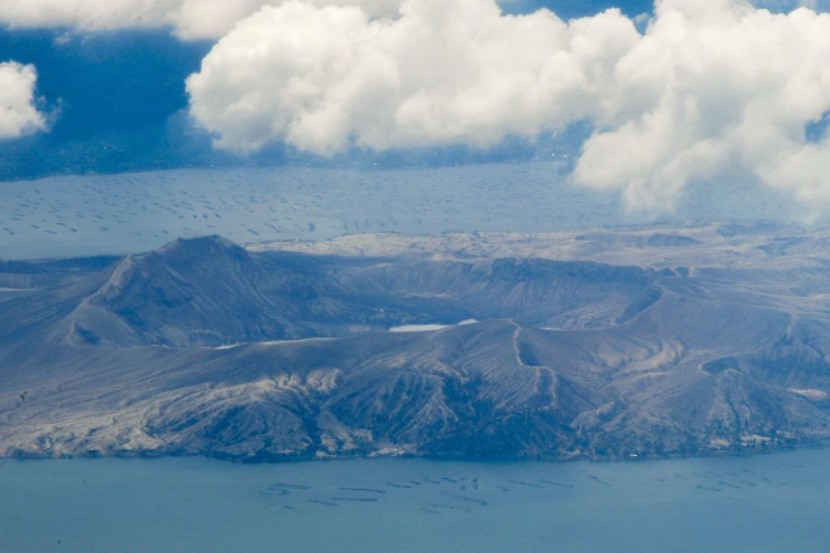
Volcanologists in the Philippines said Thursday (September 21) that Taal Volcano, south of Manila, has emitted large amounts of volcanic smog which could adversely affect human respiratory health, as well as cause damage to crops and infrastructure.
"Since 12:30 pm today [local time] (04:30 UTC), volcanic smog or vog has been observed over Taal Lake by the Taal Volcano Network and has lingered over the region until present," the Philippine Institute of Volcanology and Seismology (PHIVOLCS) said in a statement.
There were also several volcanic earthquakes in the area surrounding Taal.
The most recent activity of the volcano, which last erupted in 2020, prompted several local governments in the province of Batangas, where the volcano is situated, to announce a suspension of classes or alternative class arrangements on Friday (September 22).
Other provinces and areas near the volcano, such as Cavite and Metro Manila, have also announced low air quality advisories and class disruptions due to the phenomenon late Thursday evening, local time as the smog was photographed by people and shared online, local media reported.
Volcanologists Warn of Acid Rain, Sulfuric Irritation
Volcanic smog consists of fine droplets containing volcanic gas such as sulfur dioxide, which is acidic and could cause irritation to the skin, eyes, throat, and respiratory tract upon contact.
PHIVOLCS also urged people in affected areas to cover their noses with an N95 mask if they deem it necessary to go outside. Otherwise, the agency added, people are recommended to stay indoors and maintain hydration levels.
With the rainy weather affecting the island of Luzon for the past few days, PHIVOLCS also projected that rainfall would mix with the smog to create acid rain, which could affect the metal roofs of houses and buildings, as well as cause damage to crops.
However, state volcanologists say Taal would remain at its lowest alert level unless new developments would prompt them to raise it.
© 2025 HNGN, All rights reserved. Do not reproduce without permission.








